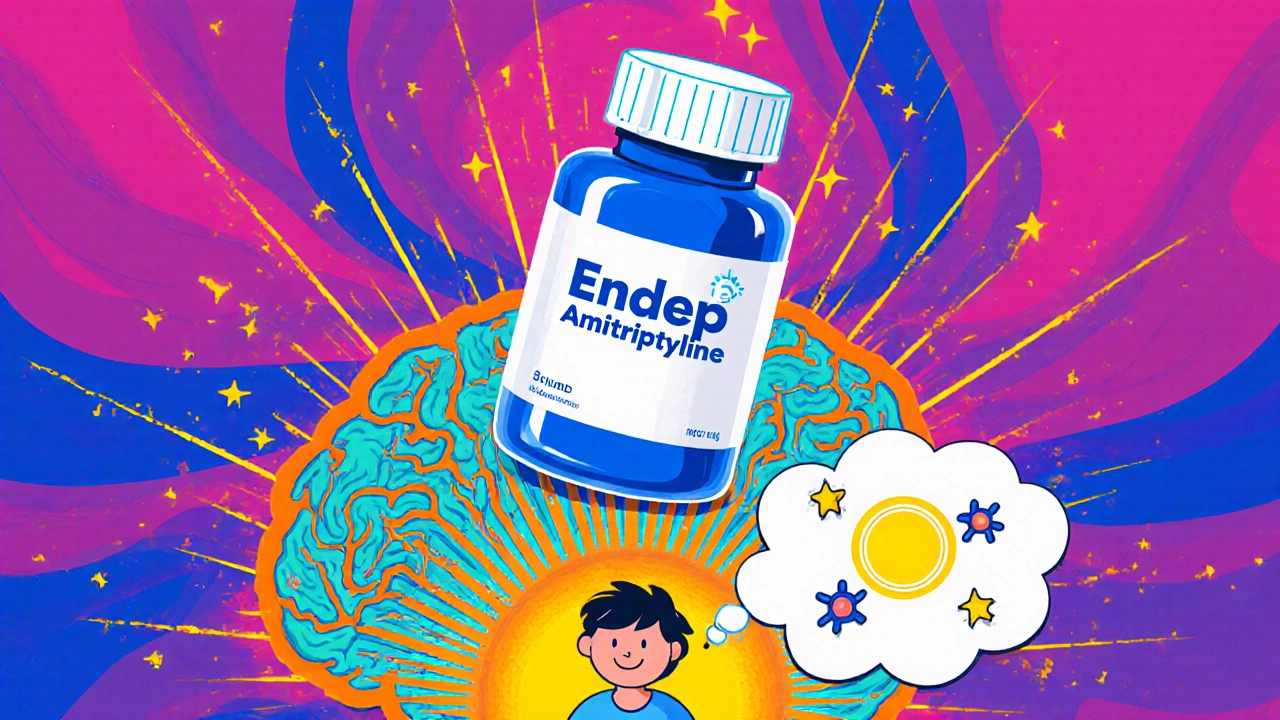Amitriptyline: What It Is, How It Works, and What Alternatives You Should Know
When you hear Amitriptyline, a tricyclic antidepressant originally developed in the 1960s to treat depression but now widely used for nerve pain and sleep disorders. Also known as Elavil, it’s one of the oldest and most studied drugs in its class—still prescribed today because it works, even when newer options fail. Unlike SSRIs that target just serotonin, Amitriptyline affects both serotonin and norepinephrine, which is why it helps not just with low mood but also with burning nerve pain, migraines, and insomnia that won’t quit.
It’s not just a depression pill. People with fibromyalgia, diabetic neuropathy, or chronic back pain often get prescribed Amitriptyline because it calms overactive pain signals in the spinal cord. Doctors know it’s not for everyone—side effects like dry mouth, drowsiness, and weight gain can be tough—but for many, the trade-off is worth it. And if it doesn’t work, or the side effects are too much, there are alternatives. Dosulepin, another tricyclic antidepressant similar to Amitriptyline but with a slightly different side effect profile, is sometimes used as a direct swap. Then there are newer drugs like Sertraline, an SSRI that’s gentler on the body but may not touch nerve pain the same way, or even Gabapentin, a seizure and nerve pain medication that’s become a go-to for people who can’t tolerate tricyclics.
What you’ll find below isn’t just a list of articles. It’s a practical guide to how Amitriptyline fits into the bigger picture of mental health and pain management. You’ll see how it stacks up against other antidepressants like Dosulepin, what real people experience when switching from it, and why some folks end up on gabapentin or SSRIs instead. There are also posts on how to handle side effects, how to safely stop taking it, and what to do if you’re not getting relief. Whether you’re just starting out or have been on it for years, these posts give you the real talk—not marketing, not fluff, just what works and what doesn’t.
Endep (Amitriptyline) vs. Alternative Antidepressants: A Practical Comparison
A side‑by‑side comparison of Endep (Amitriptyline) with common antidepressant alternatives, covering mechanisms, doses, benefits, and risks to help you choose the right drug.

